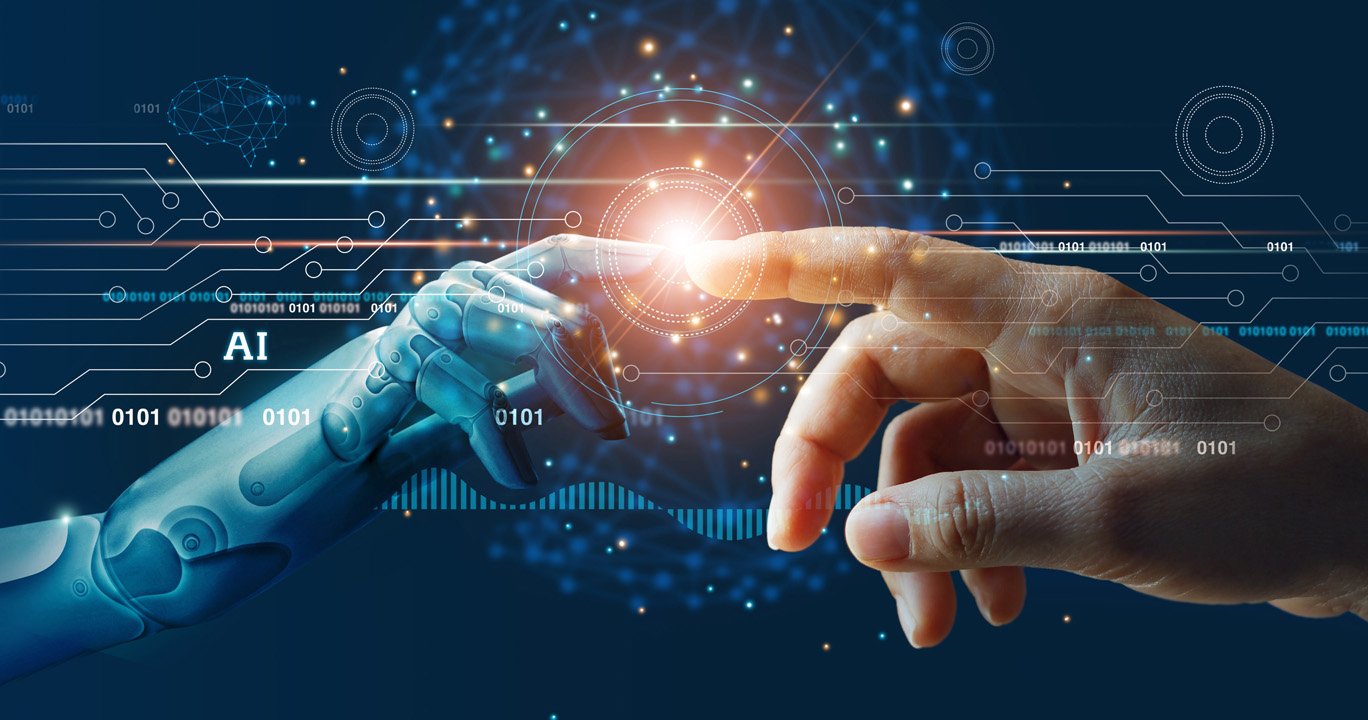AI-powered automation is transforming the business landscape by enabling companies to streamline operations, improve efficiency, and reduce costs. While the benefits of AI automation are significant, businesses must also navigate various risks and challenges to ensure successful implementation. This article explores both the advantages and potential drawbacks of AI-powered automation, providing insights for businesses considering its adoption.
Benefits of AI-Powered Automation
1. Increased Efficiency and Productivity
- Streamlined Processes: AI automation can handle repetitive and time-consuming tasks, allowing employees to focus on more strategic and creative work.
- Examples: Automated data entry, customer service chatbots, and inventory management systems.
2. Cost Reduction
- Labor Costs: By automating routine tasks, businesses can reduce the need for manual labor, leading to significant cost savings.
- Examples: Reducing overhead costs through automated customer support or optimizing supply chain management.
3. Enhanced Accuracy and Consistency
- Error Reduction: AI systems can perform tasks with high precision, minimizing human errors and ensuring consistent outcomes.
- Examples: Automated quality control in manufacturing or error-free data analysis.
4. Scalability

- Adaptability: AI-powered automation can easily scale to meet growing business demands without requiring significant additional resources.
- Examples: Scalable marketing campaigns or adaptable customer support solutions.
5. Improved Customer Experience
- Personalization: AI can analyze customer data to provide personalized recommendations and interactions, enhancing the overall customer experience.
- Examples: Personalized product recommendations or targeted marketing efforts.
6. Data-Driven Insights
- Analytics: AI automation can process large volumes of data to generate valuable insights and support data-driven decision-making.
- Examples: Predictive analytics for sales forecasting or customer behavior analysis.
Risks of AI-Powered Automation
1. Job Displacement
- Workforce Impact: Automation can lead to the displacement of certain job roles, creating challenges for affected employees and potentially leading to workforce reductions.
- Examples: Automation of manual data entry or routine administrative tasks.
2. High Initial Costs
- Investment: Implementing AI-powered automation systems often requires a significant upfront investment in technology and infrastructure.
- Examples: Costs associated with purchasing AI software, hardware, and training.
3. Complexity and Integration Challenges
- Implementation: Integrating AI systems with existing business processes and technologies can be complex and may require specialized expertise.
- Examples: Difficulty in integrating AI tools with legacy systems or ensuring compatibility with existing workflows.
4. Security and Privacy Concerns
- Data Protection: AI systems handling sensitive information must be secured to prevent data breaches and ensure compliance with privacy regulations.
- Examples: Ensuring the security of customer data processed by AI chatbots or safeguarding proprietary business information.
5. Bias and Fairness Issues
- Algorithmic Bias: AI systems can inadvertently perpetuate biases present in training data, leading to unfair or discriminatory outcomes.
- Examples: Bias in automated hiring processes or unequal treatment in customer service interactions.
6. Dependence on Technology
- Reliability: Over-reliance on AI-powered automation can lead to vulnerabilities if systems fail or encounter technical issues.
- Examples: Disruption of business operations due to a malfunctioning automated system or dependency on AI for critical functions.
Managing the Risks of AI-Powered Automation
1. Implementing Ethical Guidelines
- Bias Mitigation: Develop and enforce ethical guidelines to address and minimize bias in AI systems.
- Examples: Regular audits of AI algorithms and diverse training data sets.
2. Investing in Training and Reskilling
- Workforce Development: Provide training and reskilling opportunities to employees affected by automation to help them transition to new roles.
- Examples: Upskilling programs in emerging technologies or career development workshops.
3. Ensuring Robust Security Measures
- Data Protection: Implement strong security protocols to protect sensitive data and ensure compliance with privacy regulations.
- Examples: Encryption, access controls, and regular security audits.
4. Balancing Automation with Human Oversight
- Human Involvement: Maintain a balance between automation and human oversight to ensure that critical decisions are reviewed and validated.
- Examples: Combining automated systems with human decision-makers for quality control or customer service.
5. Conducting Thorough Cost-Benefit Analysis
- Financial Planning: Perform a detailed cost-benefit analysis to evaluate the potential return on investment and long-term benefits of AI-powered automation.
- Examples: Assessing the total cost of implementation versus projected cost savings and efficiency gains.
Conclusion
AI-powered automation offers significant benefits for businesses, including increased efficiency, cost reduction, and improved customer experience. However, it also presents risks such as job displacement, high initial costs, and security concerns. By understanding and addressing these challenges, businesses can leverage AI-powered automation to drive growth and innovation while minimizing potential drawbacks. Implementing ethical guidelines, investing in workforce development, and ensuring robust security measures are essential steps in successfully integrating AI automation into business operations.
